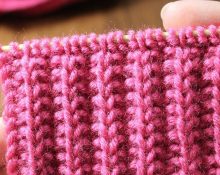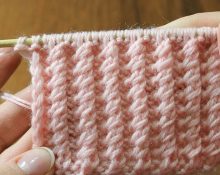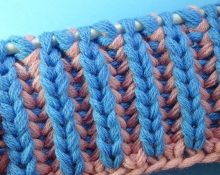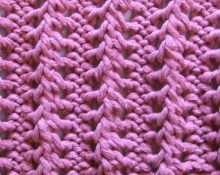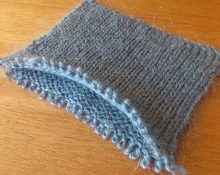For knitting cardigans, vests, sweaters, scarves and even blankets, many knitters use English rib. Its main disadvantage is the high consumption of yarn. I’ll tell you about a more economical option - semi-patent, which looks the same, but has some advantages.
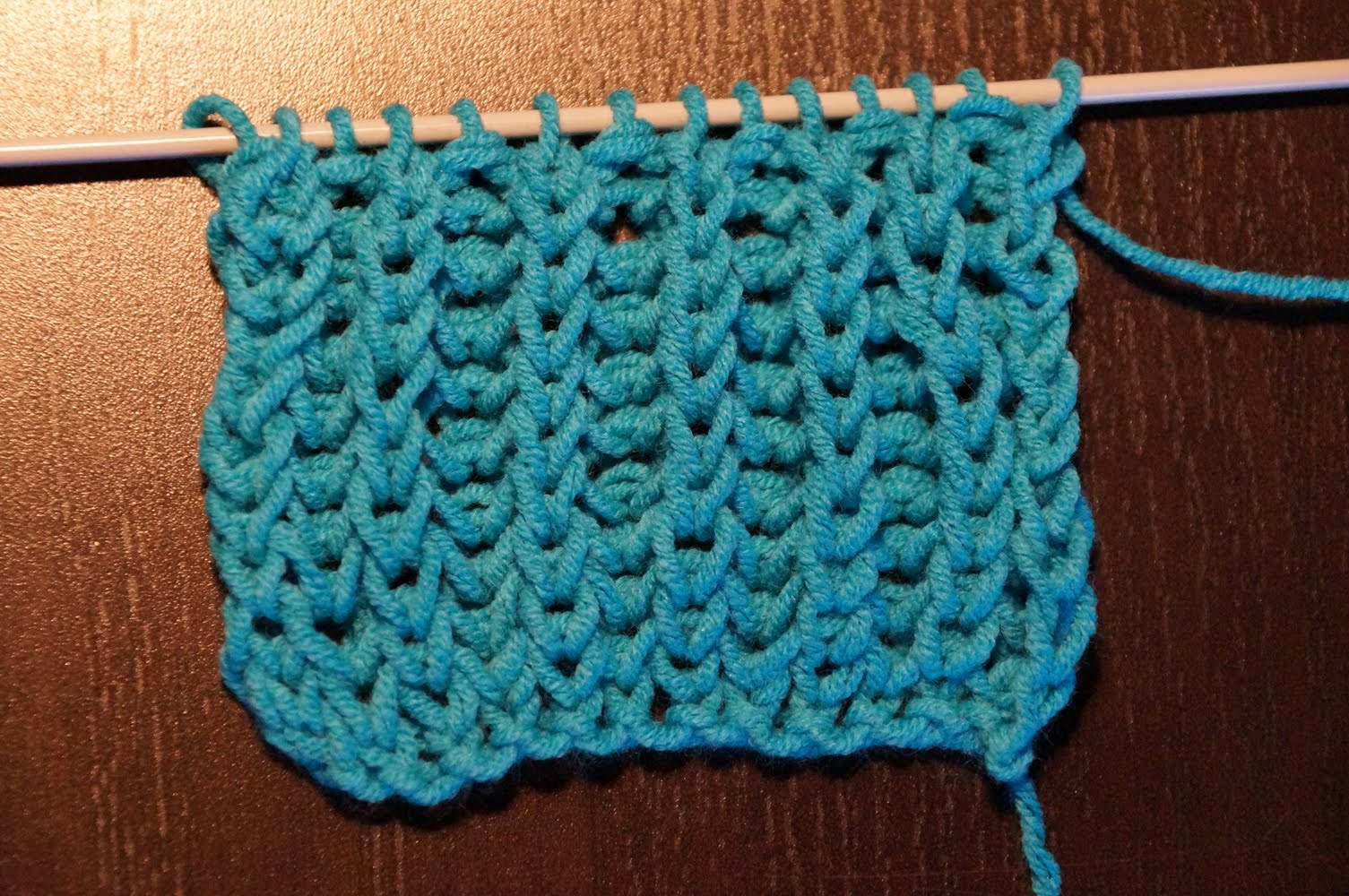
Semi-patent elastic band and its distinctive features
This pattern can be considered independent, although the name suggests a connection to the patent elastic band. It is more versatile due to the different reverse side. It was she who gave it its second name - pearl. Due to its similarity to the English side, this side is often called the obverse. But there is another opinion: pearl is a more voluminous pattern and is considered the main one by many needlewomen.
It’s difficult to judge who is right here, especially since both options look great. I like the side similar to the patent one: it seems elegant to me. The main difference from English rubber bands - slight stretchability of the fabric. This is a consequence of another feature - less yarn consumption due to the absence of one yarn over.If you need a very stretchy thing, and in both directions, I recommend taking a closer look at patent elastic. In all other cases, when you need to get an interesting, voluminous and elastic pattern, my personal favorite is a semi-patent elastic band.

How does it fit?
There are two ways to knit this pattern. The first uses yarn overs and their subsequent knitting together with one of the loops. The step-by-step process of rotary knitting in this case looks like this:
- The preparatory row consists of alternating purl and knit stitches (with two edge stitches on the sides).
- In the second row, the front one is knitted, the purl one is removed with a crochet.
- In the third, the front one is knitted with a crochet, the purl one is knitted as usual.
- The second and third rows are repeated until the end of knitting - this is the repeat of this pattern.
Important! For symmetry, it is better to cast on an odd number of loops so that the fabric begins and ends with the same type of loop. Sometimes the preparatory row is not used, knitting begins from the cast-on edge.
You can simplify your life and not use wraps. To do this, in the second row you need to knit the knit stitch not into the stitch that is currently on the knitting needle, but into the hole located one row below. The second row is knitted according to the pattern, alternating purl and knit stitches.
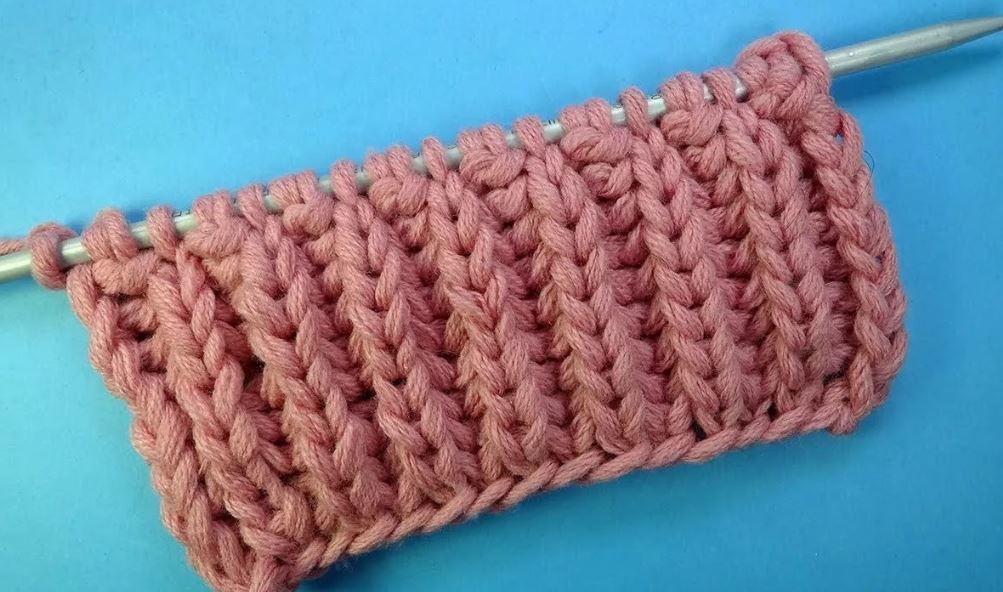
In circular knitting, an even number of stitches is cast on.
- In the first row the knit stitch is knitted, the purl row is removed with a double crochet.
- In the second, the purl one is knitted together with the yarn over, the knit one is knitted as usual.
- Using the single crochet method, the first row is knitted by alternating regular knit and purl stitches. In the second, the front loop is knitted as usual, and the purl loop is knitted into the hole one row below.
Patent patterns
There is a whole group of patterns using yarn overs.Their name is patent, and among them are not only rubber bands. What unites them is a more voluminous and elastic fabric. Among them is our today's “heroine” - semi-patent, as well as English, a mass of elastic bands with openwork and braids.
In such patterns there is no need to use purl loops to highlight arans or braids in the fabric, as is done with classical knitting methods. Patent patterns create the effect of voluminous vertical stripes and decorative elements that smoothly transition into each other. It reminds me of drawings on dry sand: smooth but clear lines are mesmerizing.
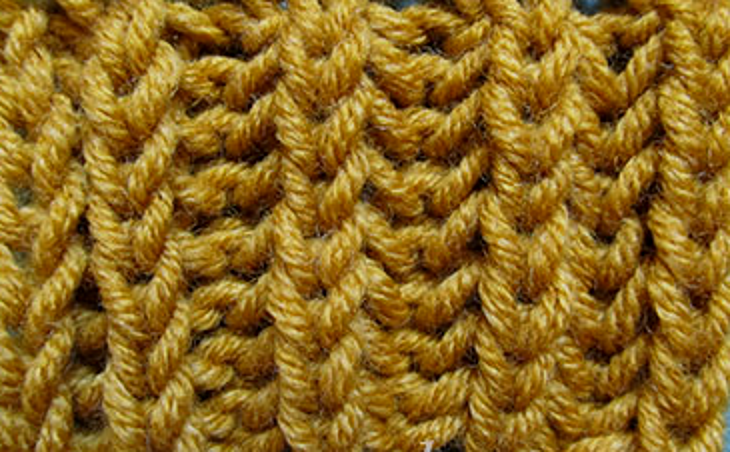
@vjazanie.info
Interesting! Among other patent patterns, I would highlight “mesh” or “honeycomb”. The principle here is taken from garter stitch, i.e. each row is knitted with knit stitches with some special features due to the yarn over.
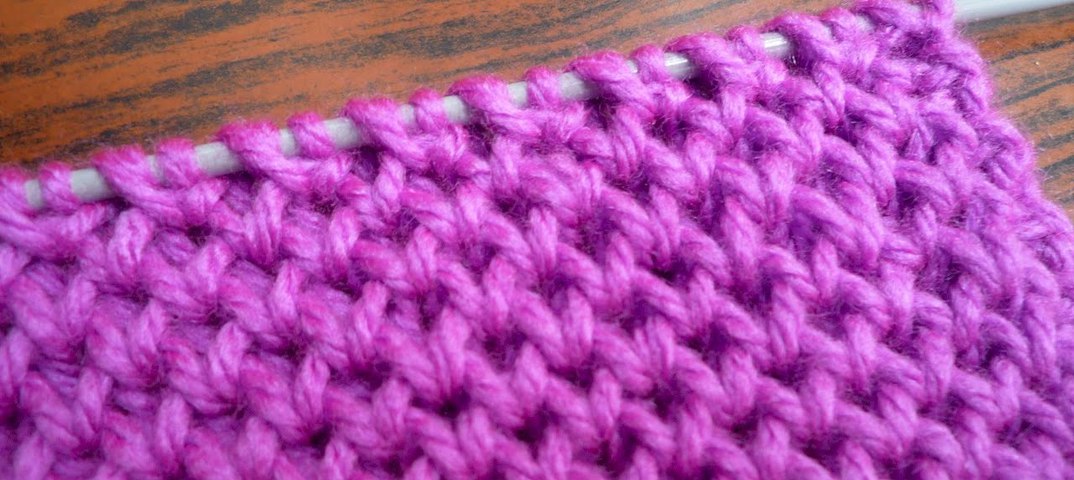
@In contact with
Semi-patent or pearl rib is an ideal pattern if you want to imitate the English one, while saving yarn and speeding up the knitting process. This pattern creates a voluminous and warm fabric. It is ideal for clothing in the cold season, for hats, scarves, snoods, as well as for home textiles.


 2
2